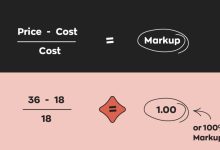In our replica niche auction websites running Facebook ads, the new version of Meta (Facebook) has simplified the original 11 ad objectives into just 6. These are:
-
Awareness
-
Traffic
-
Engagement
-
Leads
-
App Promotion
-
Sales
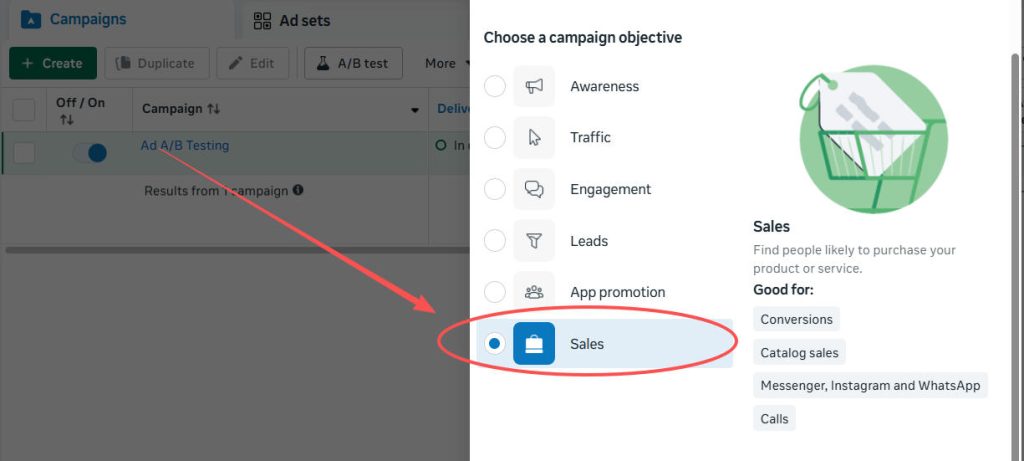
Below, I’ll give you a quick introduction to these objectives, so you can match them with your business goals:
-
Awareness: Focused on reaching more people and building brand visibility.
-
Traffic: Driving users to your website, landing page, or app.
-
Engagement: Getting more likes, comments, shares, or interactions with your content.
-
Leads: Designed for collecting potential customer information through forms or calls.
-
App Promotion: Best for driving installs and usage of your mobile application.
-
Sales: Optimized for conversions and purchases on your website or shop.
By understanding these objectives, you can select the most suitable one for your replica business ads, ensuring your campaigns are aligned with your desired results.
Awareness
The Awareness objective is mainly used for brand promotion, helping products and businesses increase recognition. With this goal, ads are shown to people who are most likely to remember them. It is usually applied in the following scenarios:
-
Reach: Show ads to people who are most likely to recall your ad.
-
Brand Awareness: Reach users who are more likely to remember your brand.
-
Video Views: Deliver ads to audiences who are more likely to watch your videos.
-
Store Locations: Target audiences based on your company, organization, or physical store network.
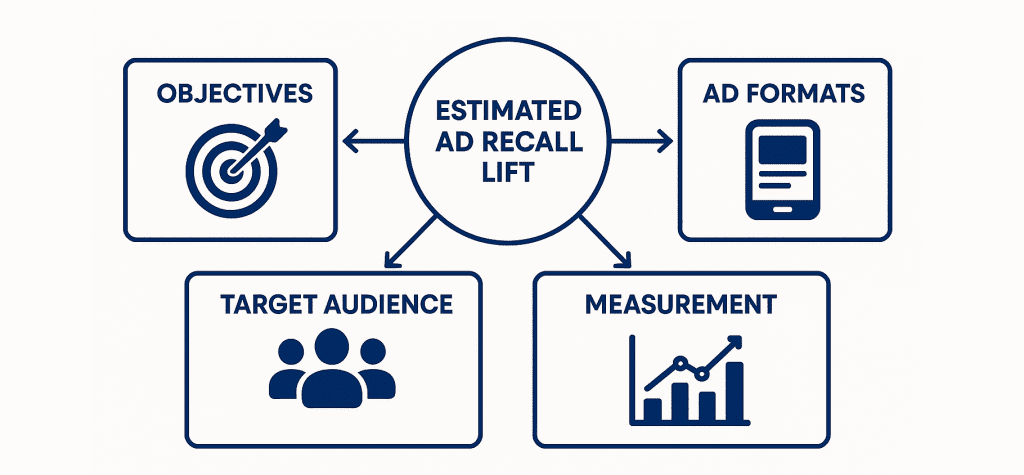
This type of campaign focuses on reach rather than clicks. For example, PPE (Page Post Engagement) fast-push ads often use this model. The cost is very low, but it almost never involves direct conversions.
Traffic
The Traffic objective is designed to increase visits to your chosen online destination. It is commonly used in the following scenarios:
-
Link Clicks: Attract users to click and visit your website, app, or Facebook event.
-
Landing Page Views: Encourage users to view and engage with content on your landing page.
-
Messenger, Instagram, WhatsApp: Direct users to start a conversation with you through Messenger, Instagram, or WhatsApp.
-
Calls: Drive phone calls from users who may be interested in your business.
If you are running flash sales in your store or want to direct potential customers to a service information page, this objective can help increase traffic to those target locations.
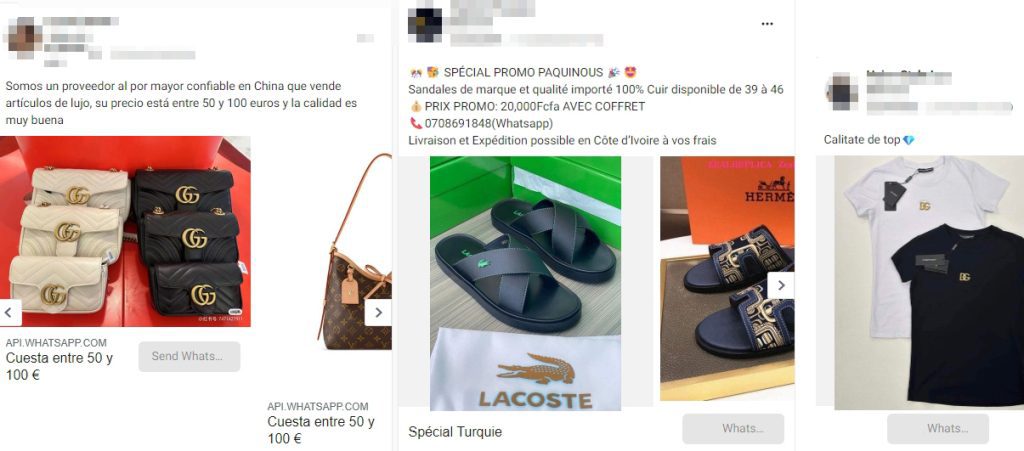
In our replica cross-border e-commerce business, many advertisers who focus on chat-based sales or COD (Cash on Delivery) often place WhatsApp links or single-page COD websites to capture user attention and drive immediate actions.
Engagement
The Engagement objective is designed to boost message interactions, shopping actions through messages, video views, post engagement, page likes, event responses, or community interactions. It is usually applied in the following scenarios:
-
Messenger, Instagram, WhatsApp: Encourage users to start business conversations with you or even make purchases directly through messaging apps.
-
Video Views: Deliver ads to users who are more likely to watch your videos.
-
Post Engagement: Attract interactions such as likes, comments, and shares. In general product testing campaigns, this is widely used to measure audience interest.
-
Calls: Drive users to view content, contact you, add products to their wishlist, or perform other actions through your website or app.
-
Conversions: Encourage users to take valuable actions such as viewing content, contacting you, adding items to wishlist, or completing purchases.
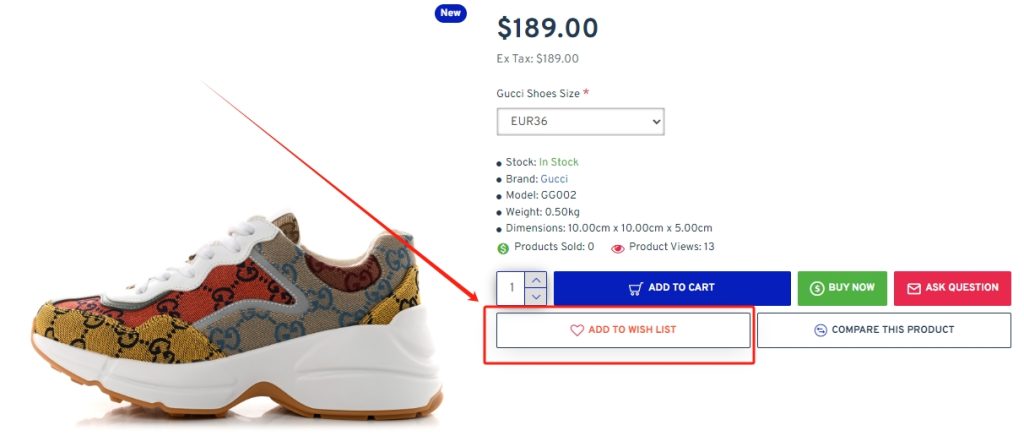
In practice, engagement ads are very effective for testing product appeal, building social proof, and generating early traction before scaling campaigns.
Leads
The Leads objective is mainly for generating potential customers, often through messages, phone calls, or registrations (for example, signing up as a member on your website). If you want users to subscribe to newsletters, this objective helps you reach people who are willing to share their information and learn more about your business.
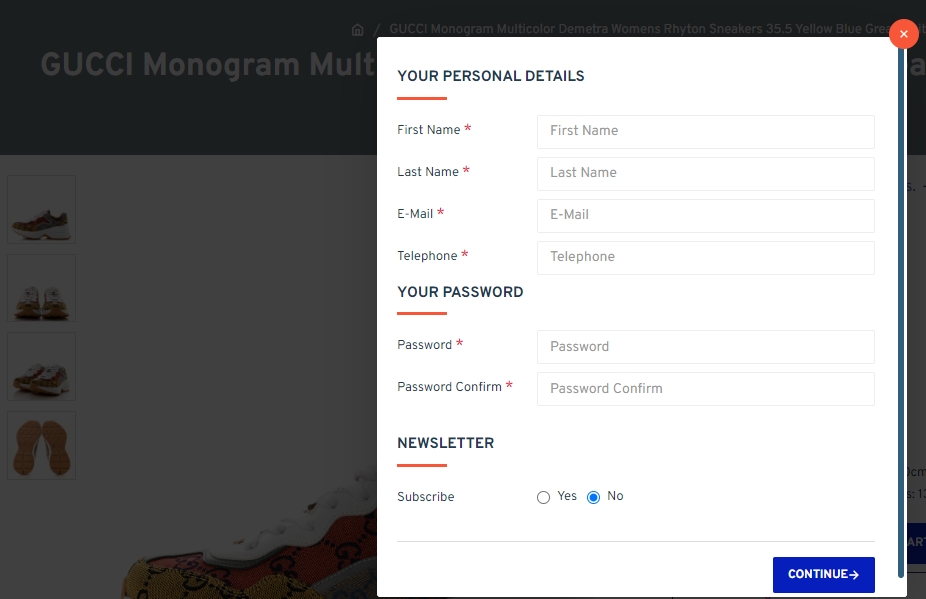
Common use cases include:
-
Instant Forms: Find users who are willing to fill out forms and share their contact details or other information.
-
Messenger & Instagram: Collect user contact information (such as phone numbers or emails) through chat interactions.
-
Conversions: Drive users to share contact details, complete sign-up forms, submit applications, or take other valuable actions on your website or app.
-
Calls: Attract users who may be interested in your business to connect with you via phone.
App Promotion
The App Promotion objective is designed to encourage mobile users to install your app or take specific actions within it. If you want potential customers to complete purchases or try new features inside your app, this objective is a strong fit.
It is commonly applied in two scenarios:
-
App Installs: Attract users to download and install your app while tracking install numbers.
-
App Events: Drive and measure in-app actions, such as purchases or feature usage.
Sales
The Sales objective is mainly designed to reach users who are most likely to purchase your products or services. It is particularly suitable for e-commerce websites, and it is also the top choice for promoting replica independent sites. By directing traffic to a replica store landing page, advertisers can maximize conversions.
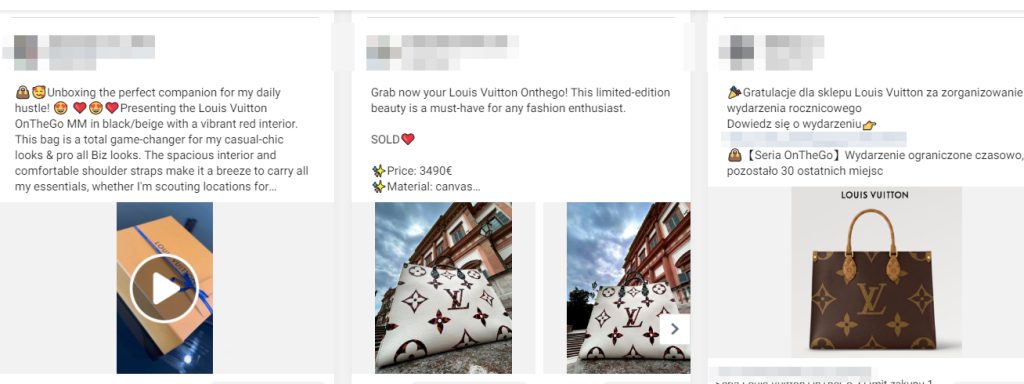
Common use cases include:
-
Conversions: Encourage users to add products to cart, complete purchases, subscribe, or take other valuable actions on your website or app.
-
Catalog Sales: Attract users to buy items or services directly from your product catalog.
-
Messenger, Instagram & WhatsApp: Drive sales through direct conversations with users on popular messaging platforms.
-
Calls: Connect with potential customers who may be interested in your business via phone.
You can also set up conversion-focused buttons in your ads, such as Order Now, Contact Us, Checkout, or Shop to guide users toward taking action.
That’s the complete overview of the new Meta Ads Objectives. In practice, you should always select the objective that best matches your business model and campaign strategy. The key is to strike a balance between conversions and cost efficiency, ensuring that your ads bring both measurable results and sustainable growth.
👉 Learn more about optimizing Meta Ads for replica business growth [with detailed examples and visuals here: Replica Brand Website Development Case Study and Deployment Demo].
 Custom E-commerce Solutions for High-Quality Designer-Inspired Fashion Replicas | Website Development, Dropshipping, Payment Integration for PayPal and Stripe, Ad Cloaking Services
Custom E-commerce Solutions for High-Quality Designer-Inspired Fashion Replicas | Website Development, Dropshipping, Payment Integration for PayPal and Stripe, Ad Cloaking Services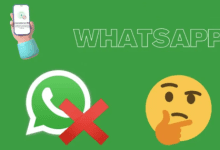




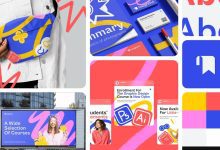

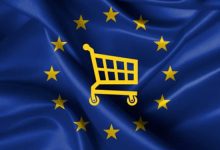

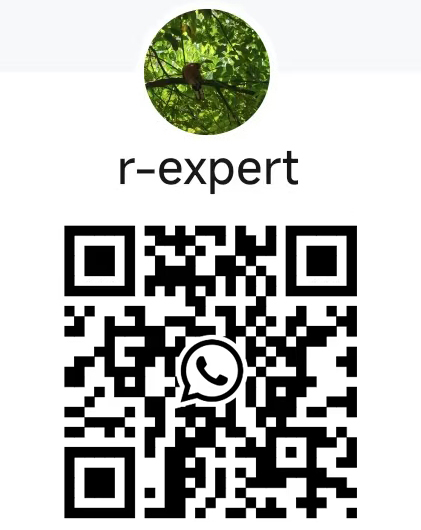
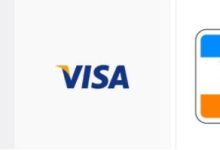
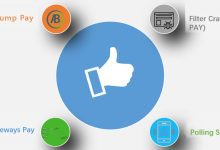


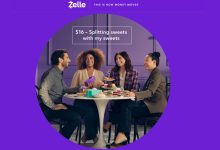
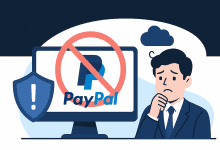

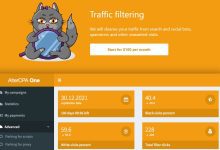


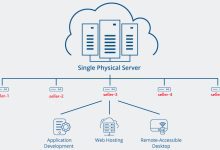

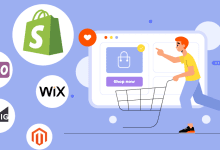
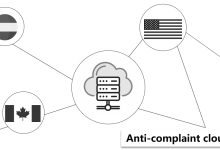

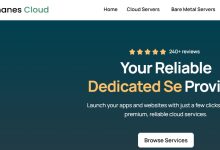

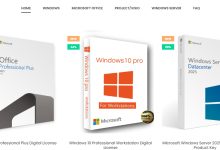
![5 Best WordPress Themes for Replica Product International Trade Websites [Recommended]-Custom E-commerce Solutions for High-Quality Designer-Inspired Fashion Replicas | Website Development, Dropshipping, Payment Integration for PayPal and Stripe, Ad Cloaking Services](https://replicasmaster.com/wp-content/uploads/2025/06/1-1-220x150.jpg)
